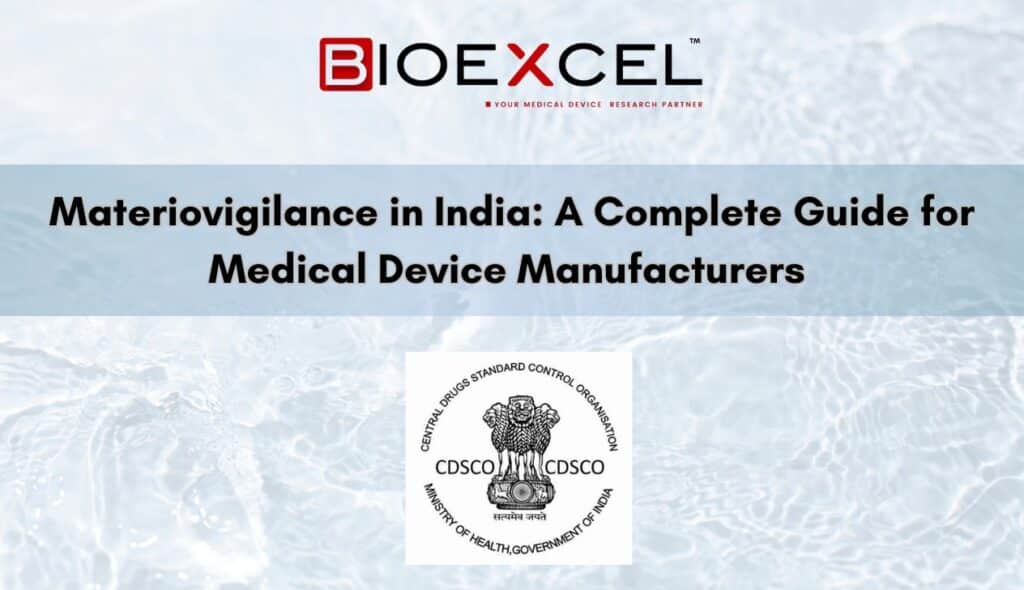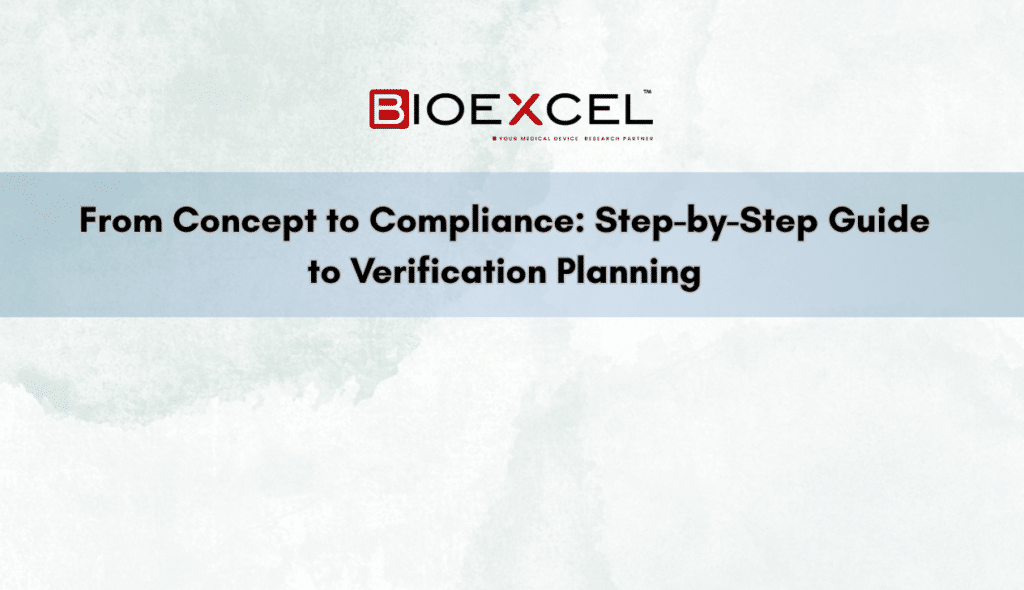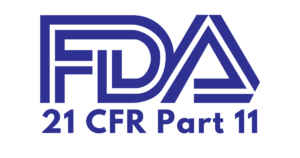Introduction:
The journey from a bright medical device idea to an approved product on the market is exciting – but it can be daunting for first-time sponsors. Before launching your first clinical trial, there are critical things you need to know and prepare. A clinical trial is not just an experiment; it’s a highly regulated project with many moving parts.
Sponsors (often the device developers or manufacturers) carry ultimate responsibility for the trial’s design, conduct, and outcomes. From securing regulatory approvals to managing data and ensuring patient safety, being thoroughly prepared can mean the difference between a smooth first study and a trial riddled with setbacks. Here we outline what new sponsors must know before they initiate their first clinical trial, so you can go from idea to approval with confidence.
Understand the Regulatory Pathway and Requirements

First and foremost, determine what regulatory pathway your device will follow and how the clinical trial fits into it. Is your device class II or III, requiring clinical evidence for approval (e.g., a PMA in the US or CE marking under EU MDR)? If so, you’ll likely need to conduct one or more clinical investigations. Research the specific regulatory requirements early:
- In the US, understand FDA’s expectations. Many new device sponsors engage with the FDA via the Q-Submission (Pre-Sub) process to get feedback on their trial plans. You will also need an Investigational Device Exemption (IDE) approval from the FDA for a significant risk device trial. Preparing an IDE means compiling preclinical data, the clinical protocol, risk analysis, and other information to convince FDA your study can proceed safely.
- In the EU (and other regions), ensure you know the rules for starting a device trial. Under EU MDR, you must notify or obtain authorization from national competent authorities and ethics committees. For example, a first-in-human trial of a high-risk device in Europe will require an application with a detailed Clinical Investigation Plan (CIP) and supporting data (e.g. bench testing, perhaps animal study results) to show the device is ready for human testing.
- Regardless of region, don’t skip the preclinical homework. Make sure you have sufficient bench testing, biocompatibility assessments, and possibly animal study data to justify testing in humans. Regulators will expect to see this in your submissions.
Understanding these regulatory steps and building time for approvals into your timeline is vital. Many first-time sponsors are surprised by how long regulatory clearance and ethics approvals can take – sometimes months – so plan accordingly.
Build a Solid Clinical Trial Plan (Protocol Development)

A well-designed clinical trial protocol is the foundation of your study. As the sponsor, you are responsible for developing this protocol, which outlines the trial’s objectives, design, methodology, endpoints, and statistical analysis plan. If you’re new to this, consider consulting experienced clinical trial designers or biostatisticians. Key elements include:
- Objectives and Endpoints: Define what you’re trying to demonstrate. Is it safety? Performance compared to a predicate or standard of care? Clearly state primary and secondary endpoints that align with these objectives.
- Study Design: Choose an appropriate design (randomised controlled trial, single-arm observational, etc.) for your goals. For an early feasibility study, a single-arm design might be fine; for a pivotal efficacy trial, a controlled design is often expected.
- Inclusion/Exclusion Criteria: Decide who qualifies for the study. These criteria should ensure you enroll the right population ethically and that results will be relevant to your intended users.
- Sample Size and Statistics: As covered in the previous section, justify how many participants you will enroll and how you’ll analyze the data. Regulators and ethics boards will look for a sound statistical rationale.
- Safety Monitoring Plan: Outline how you will monitor and report adverse events. For a first-in-human trial, safety oversight is paramount – you might even consider an independent Data Monitoring Committee to review safety data periodically.
Before your first trial, it’s wise to have the protocol peer-reviewed by experts or advisors. Remember, the protocol will be scrutinized by IRBs/ethics committees and regulators, so clarity and completeness are crucial.
Get Your Team and Infrastructure in Place
Sponsors new to clinical research often underestimate the importance of having the right team and tools:
- Investigator Selection: You’ll need qualified clinical investigators and trial sites to carry out the study. Start identifying experienced clinicians in your device’s field who are interested in research. Evaluate sites for their patient population (can they recruit your target patients?), facilities (do they have the required equipment?), and research experience (familiarity with GCP and device trials).
- Training: Plan to train your investigators and site staff on the protocol and the device usage. Even a well-designed device may have a learning curve. Provide device manuals, simulation sessions if needed, and ensure everyone understands the trial procedures. As sponsor, you must ensure the trial is conducted by competent professionals under high ethical and scientific standards.
- CRO Support: Consider whether you will run the trial in-house or hire a Contract Research Organisation (CRO). For many first-time sponsors, a CRO can handle logistics, monitoring, data management, and regulatory compliance tasks that you may not have experience with. If you choose a CRO, do your due diligence: look for one with device trial experience and knowledge of your therapeutic area. A good CRO can guide you through each step and help avoid rookie mistakes.
- Data Management Systems: Set up a system for capturing trial data (often an Electronic Data Capture, EDC, system). Ensure you have a database designed for your study, and that site personnel are trained to use it. Good data practices from day one will save headaches later when analyzing results or during audits.
- Monitoring Plan: Develop a monitoring plan for the study. This involves how you (or your CRO monitors) will verify data accuracy and protocol compliance at sites. As a sponsor, you have an obligation to oversee the trial’s conduct. This typically means periodic monitoring visits or remote monitoring to review source data, informed consents, device accountability, etc.
Don’t forget about logistics like device supply for the trial (ensuring you have enough units of the investigational device, properly labelled for trial use), shipping to sites, and maintenance/calibration if needed.
Ensure Compliance with Ethics and Regulatory Requirements
Before the trial can start, you must obtain all necessary approvals:
- Ethics Committee/IRB Approval: Every site’s Institutional Review Board (IRB) or Ethics Committee must approve the study protocol, consent forms, and any recruitment materials. Prepare a thorough submission including the protocol, investigator brochures, and risk information. Be ready to address questions about patient safety, risk/benefit, and how you’ll obtain informed consent. For a first-in-human device trial, ethics committees will be particularly careful – make sure your risk mitigation strategies are clear.
- Regulatory Approval/Notification: As discussed, ensure any regulatory body approvals are in hand (e.g., FDA IDE letter, EU regulatory notification acknowledgement, Health Canada ITA, etc., depending on where you conduct the trial). Do not initiate any trial activities until you have these approvals in writing.
- Trial Registration: Plan to register your trial on a public registry (like ClinicalTrials.gov or an EU registry) before starting enrollment, if required. This is legally mandated in many jurisdictions and is considered best practice for transparency.
- Informed Consent Process: Develop clear informed consent documents for participants, in lay language. As sponsor, you should ensure the consent form covers all required elements (purpose, procedures, risks, rights, etc.) and is approved by IRBs. Also ensure site teams are trained to obtain informed consent properly.
Compliance also means understanding sponsor obligations for safety reporting. For example, in the US you must report certain serious adverse events to FDA within specified timeframes during an IDE trial. Under EU rules, you’ll report serious adverse device effects to national authorities. Have a system ready for tracking and reporting adverse events and device deficiencies.
Plan for Data Analysis and Next Steps Early
Think beyond just conducting the trial – consider how you will analyze the data and use the results:
- Work with a biostatistician to create a statistical analysis plan (SAP) before the trial starts. This plan should detail how each endpoint will be analyzed (what statistical tests or models), how missing data will be handled, etc.
- Consider what outcome would be “success” for your trial and what the next step would be. If this is a pilot study and it goes well, will you immediately plan a pivotal trial? If it’s a pivotal trial, are you prepared to compile the results into a regulatory submission (e.g., a PMA or Technical Documentation for CE marking)? Knowing the context can shape aspects of trial design – for instance, collecting certain data that regulators will expect in an approval application (like device performance in various subgroups, or user feedback).
Also, budget for the unexpected. First trials often take longer or cost more than anticipated. Build in some contingency in your timeline and budget. Typical delays can come from slower recruitment than expected, regulatory queries, or device supply issues. Being prepared for these can reduce stress if they occur.
Leverage Experienced Mentors and Partners
Finally, don’t go it completely alone. Tap into experts who have done this before. This could be:
- Regulatory consultants who specialize in medical devices,
- Seasoned clinical trial project managers or advisors,
- Engaging a CRO (as mentioned) or at least consulting one for specific tasks,
- Reading relevant guidance documents (FDA’s Guidance for Clinical Trial Sponsors is a good primer on sponsor responsibilities).
- Talking to other device entrepreneurs who have gone through first trials.]
At Bioexcel, for instance, we often partner with first-time sponsors to provide end-to-end support – from protocol writing and regulatory submissions to site management and data analysis. The learning curve is steep, but with the right support, new sponsors can navigate it successfully.
Conclusion
Taking a medical device from an idea to its first clinical trial is a significant milestone. It requires careful planning, regulatory savvy, team coordination, and a commitment to conduct the study with scientific and ethical rigor. By understanding and preparing for the key elements outlined above – regulatory pathways, robust protocol design, team and site readiness, compliance obligations, and expert guidance – first-time sponsors can avoid common pitfalls and set their trial up for success. Every successful trial is built on a foundation of knowledge and preparation. With those in place, you’ll be well on your way to gathering the evidence needed to achieve approval for your innovative medical device, turning your idea into a reality that can benefit patients.











